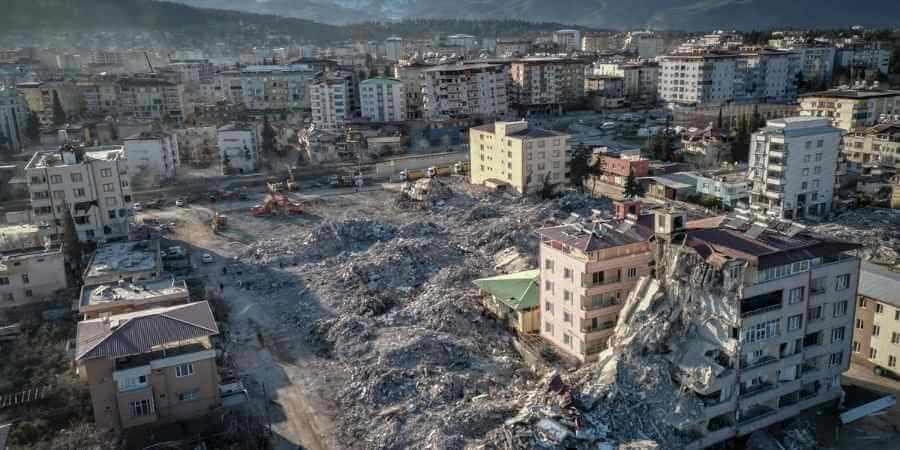A powerful 7.7-magnitude earthquake shook Myanmar’s heartland near Mandalay on March 28, 2025, triggering shockwaves throughout Southeast Asia. The deadly earthquake was at the shallow depth of 10 kilometers on the Sagaing Fault, a major seismic divide between the Indian and Sunda plates. The earthquake devastated Myanmar and radiated to Thailand, primarily affecting Bangkok and other provinces in the north.
The Crushing Quake Strikes Myanmar
The center of the quake was in Mandalay, a major city in Myanmar. The Sagaing Fault, where major quakes occurred previously, ripped open with immense energy, stirring the local earth in an extensive region.
Myanmar faces catastrophic losses
Myanmar junta forces met disastrous losses at over 1,000 fatalities, 2,376 injuries, and 30 missing in action. The most severely impacted regions were Mandalay, Sagaing, Magway, Shan, Naypyidaw, and Bago. Suburban areas were totally destroyed, infrastructure including power lines, water and telecommunication being significantly damaged. Thousands of residents remained stranded and were without normal amenities.
The quake sent pain-causing shudders deep into Thailand, causing buildings in Bangkok miles away to shake. People scurried out of houses, offices, and shopping malls due to fear of aftershocks.
Bangkok Skyscraper Collapse: A Deadly Disaster
A 30-story skyscraper under construction collapsed completely in Bangkok’s Chatuchak district, killing seven and injuring at least nine individuals. Remarkably, 85 more remain missing while the rescue team excavates through the rubble.
The complex was a project of China Railway Construction Corporation ordered by Thailand’s government auditor general. Concerns are now rising regarding safety standards in construction and whether the complex was earthquake-resistant in design.
Widespread Panic and Transport Disruptions
As buildings creaked ominously, thousands of residents flooded the streets. All high-speed transit routes were closed, exacerbating the situation as traffic congestion immobilized Bangkok late into the evening. Deputy Prime Minister Phumtham Wechayachai declared the quake the strongest Bangkok has seen in over a century.
Structural Damage Across Thailand
The impact of the earthquake did not end in Bangkok. Northern provinces suffered severe damage:
- Chiang Mai: There were cracks on Maharaj Nakorn Chiang Mai Hospital and condominiums.
- Lampang: Ceilings were said to have caved in, with cracked walls.
- Mae Hong Son: A tourist pavilion collapsed, with trees being uprooted across the province.
Government Response and Damage Assessment
Over 2,000 cracked building complaints have been received by the Bangkok Metropolitan Administration (BMA). 700 city buildings should be inspected immediately. A minimum of 10 have died and 68 have been injured in ten provinces around the country.
Regional and International Impact
The intensity of the quake was also experienced outside Thailand and Myanmar, with some shaking detected in China, India, and other Southeast Asian nations. Governments of these countries issued brief advisories but noted no significant damages.
Humanitarian Response and Rescue Efforts
The government and humanitarian groups quickly mobilized aid:
- China: Sent out more rescue teams, tents, and blankets.
- South Korea: Disbursed $2 million of humanitarian aid.
- New Zealand: Contributed funds for ongoing rescue operations.
Myanmar and Thai rescuers launch their final bid to reach buried survivors pinned by buildings, aftershocks, and rubble-choked paths.
This disaster demonstrates the need for stringent building codes and emergency evacuation drills in earthquake-prone areas. The Bangkok skyscraper tragedy questions safety during construction towards seismic-resistant buildings.
The earthquake of March 28, 2025, was a bitter reminder of nature’s uncertainties. Myanmar and Thailand are now preparing for a long period of recovery, with thousands of lives affected and infrastructure ruined. While the rescue is on, this tragedy hints at the necessity of strict building codes, rapid response to calamities, and international coordination so that future disasters do not happen.



